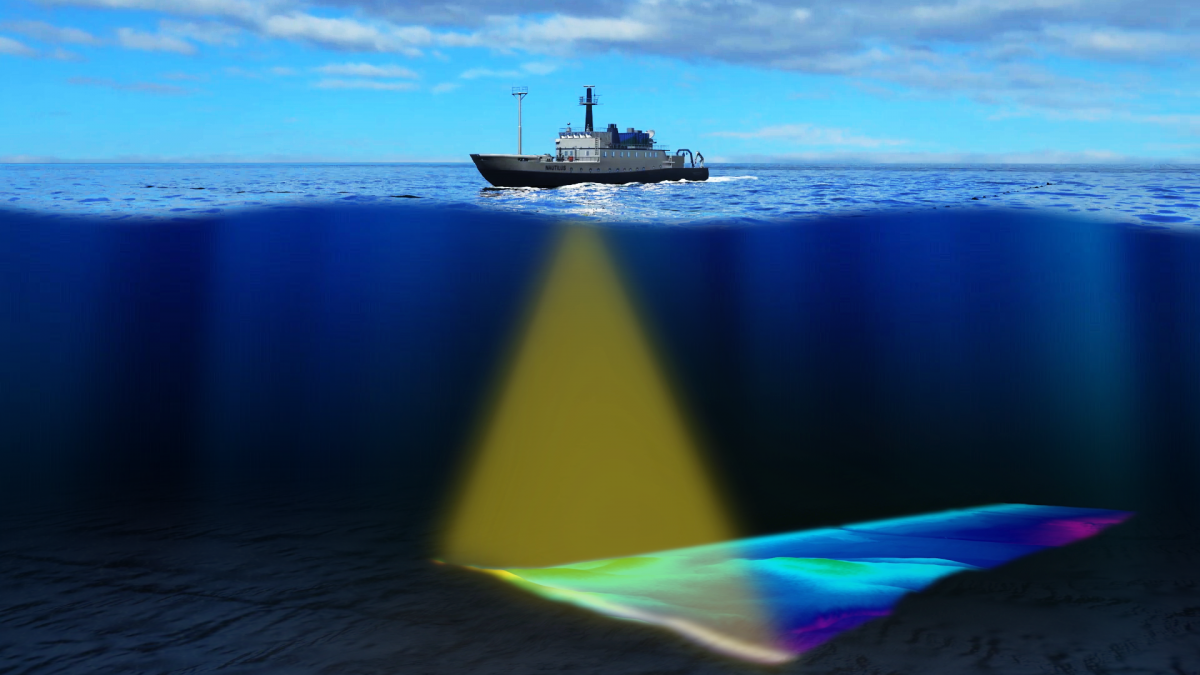ISO 17208-3 Long-Term Underwater Acoustic Monitoring Testing
The ISO 17208-3 standard provides a comprehensive framework for conducting long-term underwater acoustic monitoring tests. This service is particularly crucial in sectors where environmental noise and sound propagation are critical factors, such as maritime acoustics, naval sonar systems, and offshore energy projects.
Underwater acoustic monitoring involves the continuous recording of ambient sound levels and specific acoustic events within a defined area over extended periods. The primary objective is to assess the impact of human activities on aquatic ecosystems while ensuring that critical operations are not disrupted by excessive noise pollution.
The test setup typically includes the deployment of hydrophones at various depths in the water column, with data acquisition systems capable of recording sound levels and event times for extended durations. The testing protocol defines specific criteria for both ambient noise levels and acoustic events, such as ship noise or sonar emissions, to ensure compliance with regulatory standards.
Preparation of specimens involves selecting appropriate locations and depths where the hydrophones will be deployed. This requires a thorough understanding of the local marine environment, including bathymetry and tidal patterns. The instruments used for this service must meet stringent performance criteria outlined in ISO 17208-3 to ensure accurate data collection.
The testing process involves continuous monitoring over periods ranging from several days to months, depending on the specific requirements of the client. Data analysis is performed using specialized software that processes and interprets the collected sound recordings. The results are then compiled into detailed reports, which include both quantitative measurements and qualitative assessments of acoustic events.
| Industry Sector | Application |
|---|---|
| Maritime Acoustics | Evaluation of vessel noise impact on marine life. |
| Naval Sonar Systems | Testing sonar effectiveness and potential environmental impacts. |
| Offshore Energy Projects | Evaluation of wind turbine noise on marine ecosystems. |
Applied Standards
The ISO 17208-3 standard is based on several foundational documents that provide the necessary background and context for long-term underwater acoustic monitoring. These include:
- ISO 9617:2005 – Acoustics – Measurement Techniques for Underwater Sound
- IEC 61672:2003 – Noise measurement – General requirements and basic methods
- EN ISO 4871:2009 – Acoustics – Determination of the sound exposure level in the frequency range from 1 Hz to 20 kHz
The standard also references other relevant international standards such as ISO 362:2003, which covers methods for measuring room acoustics. These standards ensure that the testing methodology remains consistent and reliable across different applications.
Industry Applications
The following table outlines key industry sectors where ISO 17208-3 long-term underwater acoustic monitoring is particularly relevant:
| Industry Sector | Application |
|---|---|
| Maritime Acoustics | Evaluation of vessel noise impact on marine life. |
| Naval Sonar Systems | Testing sonar effectiveness and potential environmental impacts. |
| Offshore Energy Projects | Evaluation of wind turbine noise on marine ecosystems. |
Eurolab Advantages
At Eurolab, our expertise in ISO 17208-3 long-term underwater acoustic monitoring is unparalleled. Our team of acoustics experts ensures that every test adheres strictly to the standard's requirements, providing clients with reliable and accurate data.
- Compliance with international standards
- State-of-the-art equipment for precise measurements
- Experienced personnel trained in environmental acoustics
- Detailed reporting tailored to client needs





